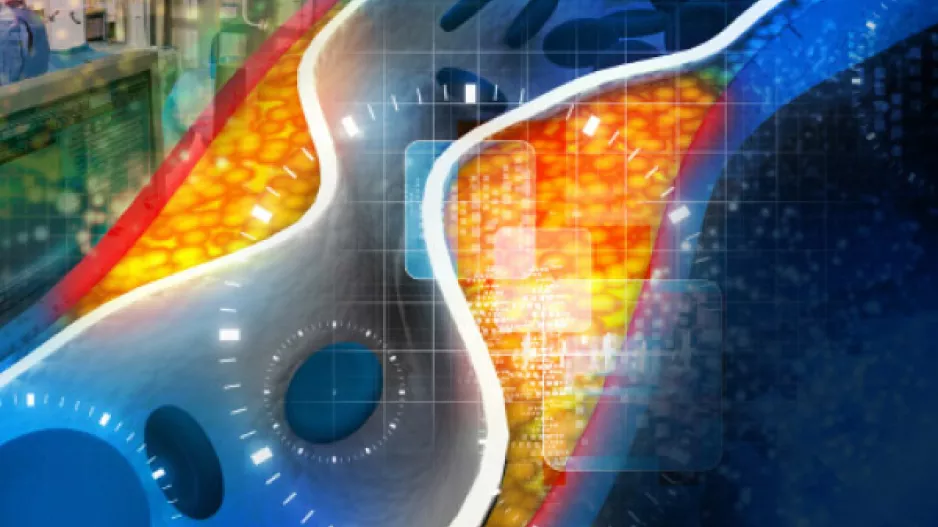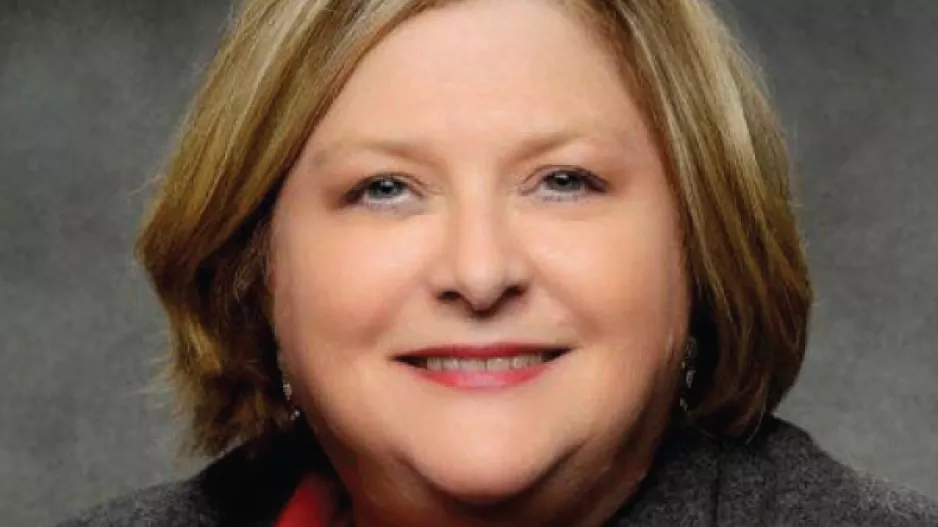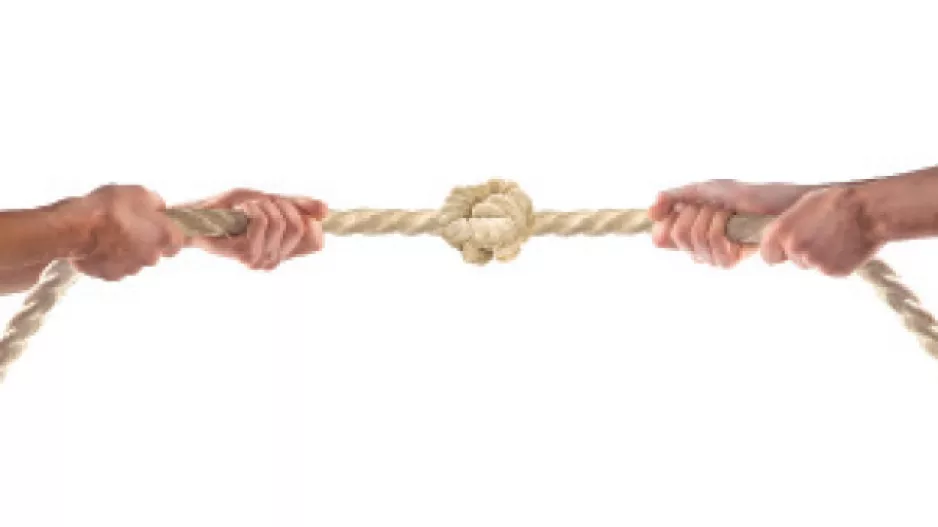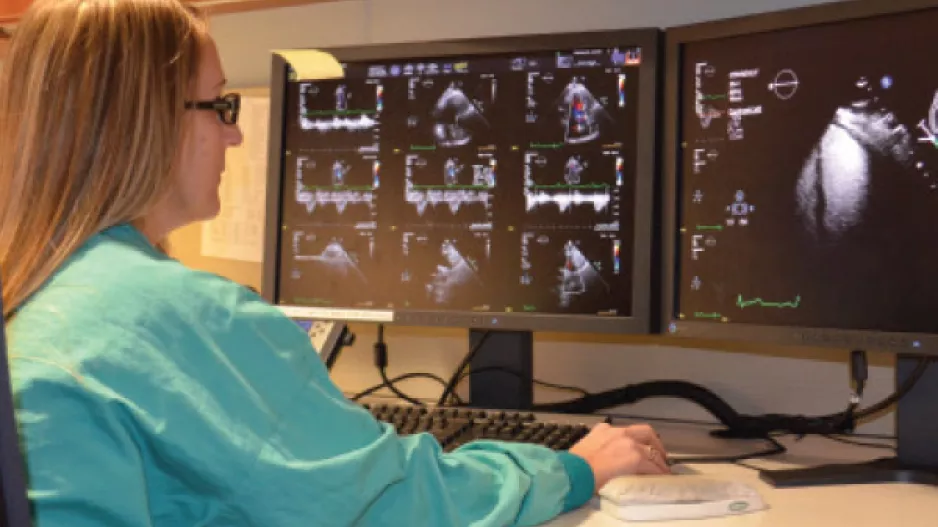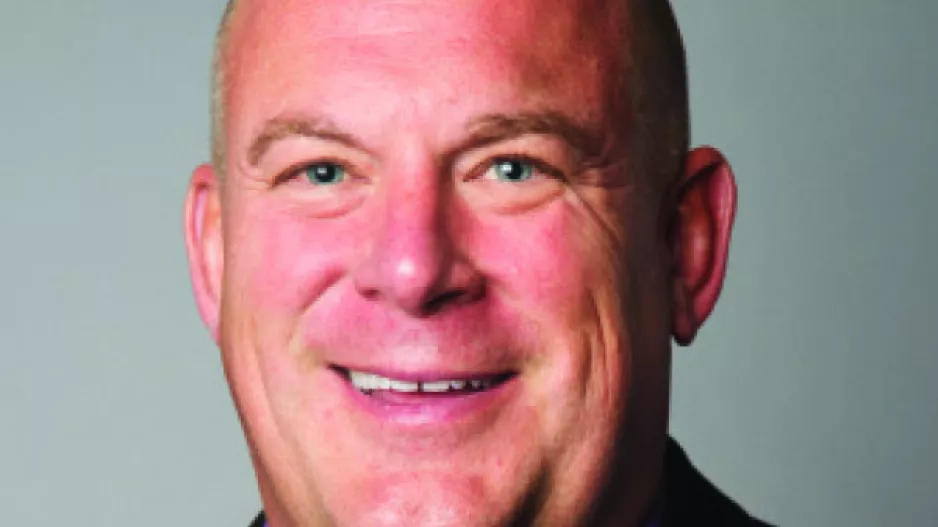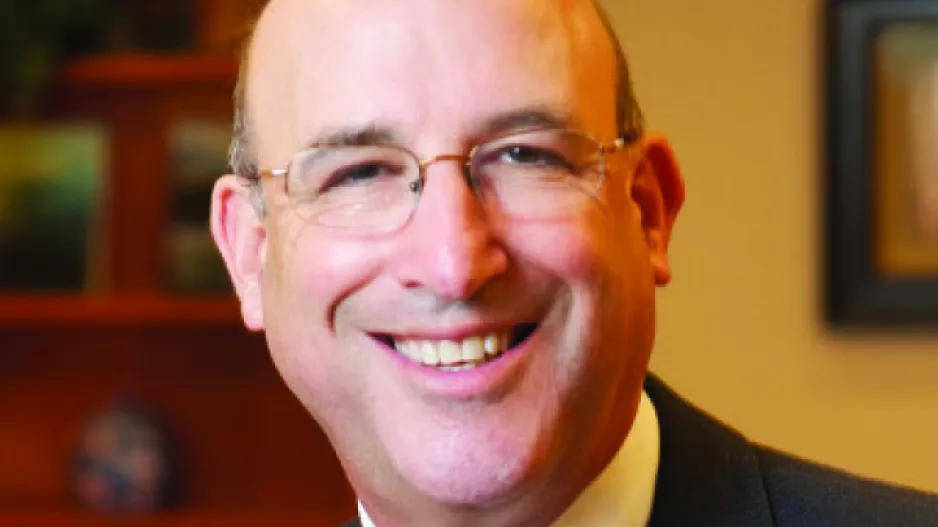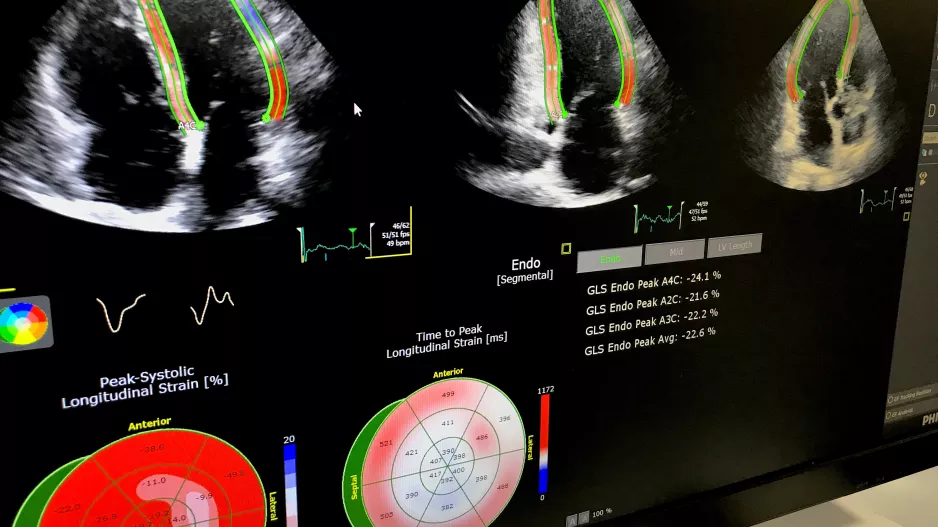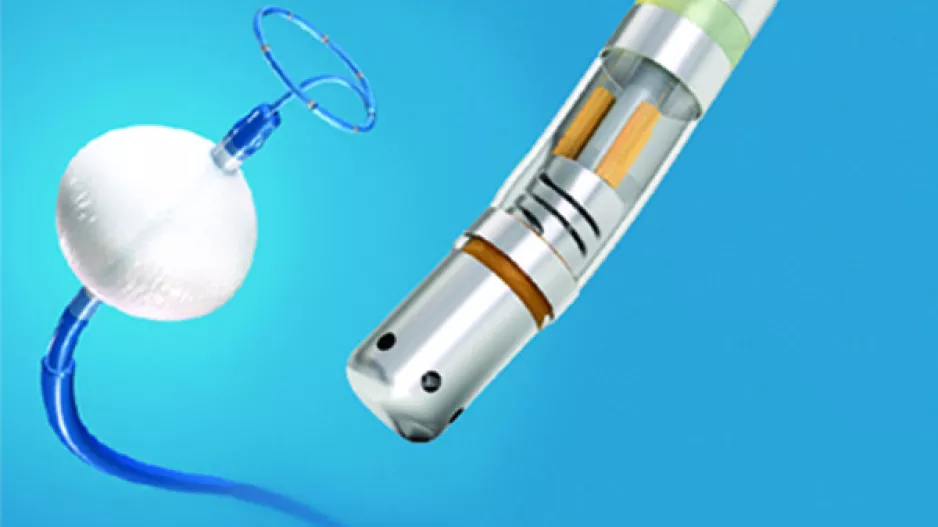More Articles
Questions have swirled around the value of percutaneous coronary intervention (PCI) for patients whose quality of life has suffered from chronic total occlusion (CTO). Inevitably, another issue has arisen: which cath labs and operators should be…
Working and speaking together, through professional associations, makes the voices of cardiovascular experts more likely to be heard.
The future of healthcare legislation is, to say the least, uncertain. This reality—along with regulatory…
The Centers for Medicare & Medicaid Services (CMS) delayed the launch of a new episode payment model affecting three types of cardiac care, pushing the July 1 start date to 2018. That doesn’t mean providers and hospitals should throttle back…
The vision was clear. The experienced heart and vascular team at the Northwestern Medicine Bluhm Cardiovascular Institute in Chicago needed a cardiovascular information system (CVIS) to stretch across its seven hospitals and 100 ambulatory care…
 …
…A plan for increasing use of cardiac rehabilitation (cardiac rehab, or CR) was a few months short of launch when the Centers for Medicare and Medicaid Services (CMS) tapped the brakes.
Experiment delayed
CMS…
With the launch of the Merit-based Incentive Payment System (MIPS), hundreds of thousands of U.S. clinicians will face new reporting requirements. Participation in a registry, a familiar quality improvement activity for many cardiology programs,…
The American Heart Association and American Stroke Association say that palliative care should be integrated into the care of all patients with advanced cardiovascular disease and stroke as a means to relieve symptoms, improve patients’…
Electronic health records (EHRs) have transformed the way clinical care is recorded and reimbursed, and now their promise for reaching across large populations is making them a key resource for cardiovascular research.
One example of the…
Effective patient education leads to improved informed consent, decreased preoperative anxiety and better postoperative pain management. Whether allocating office and hospital resources for patient education results in more cost-effective…
Don’t underestimate the importance of scheduling in running a successful cardiovascular practice.
Hold slots for new patients
C. Michael Valentine, MD, an interventional cardiologist at Centra Health in Lynchburg, Va…
Policymakers from the FDA and CMS have been invited to participate in ACC.17, says Jeffrey T. Kuvin, MD, ACC.17 chair and chief of Cardiovascular Medicine at the Heart & Vascular Center of Dartmouth-Hitchcock Medical Center in Lebanon, N.H. “…
Bundling is premised on viewing healthcare as a continuum, but most of today’s healthcare systems use electronic medical records (EMRs) developed for episodic fee-for-service billing. While many in the cardiovascular community are at the…
As a growing body of evidence links palliative care to improved quality of life and better healthcare utilization for patients with heart failure, some in the medical community are advocating a shift from the traditionalist, acute care model to…
Every day, cardiologists make hundreds, if not thousands, of mouse clicks, encounter countless notifications and manage a steady stream of alerts that pop up on their computer and device screens. Some say these demands of the electronic health…
Treating today’s cancer patient no longer means simply targeting the cancer. Given the known cardiotoxicities of some established chemotherapies and the possibility that newer approaches may damage the heart, oncologists, cardiologists and…
About one year ago, FIRE AND ICE trial investigators reported that cryoballoon ablation (cryo) performed as well as radiofrequency ablation (RF) as a treatment for patients with drug-refractory paroxysmal atrial fibrillation. But is “as good as”…
2017 brought a new reality to the U.S. healthcare community. The Medicare Access and CHIP Reimbursement Act, or MACRA, is no longer just the law that repealed the sustainable growth rate. With its Quality Payment Program that defines complex new…
Pasadena, California-based Geneva Health Solutions has raised $1.9 million to expand the reach of its cardiac monitoring device, a gadget aimed to remotely help manage patients with implanted cardiac devices.
Geneva, which announced the…
In the last two years, 89 percent of healthcare organizations suffered at least one data breach involving the loss or theft of patient data. The question, experts say, is not if a hospital will be attacked, but rather when—and how prepared its…
Apple has been in contact with the FDA since July about developing two FDA-regulated cardiac devices, MobiHealthNews reports.
The emails did not contain details on the devices, but MobiHealthNews speculated that Apple…
